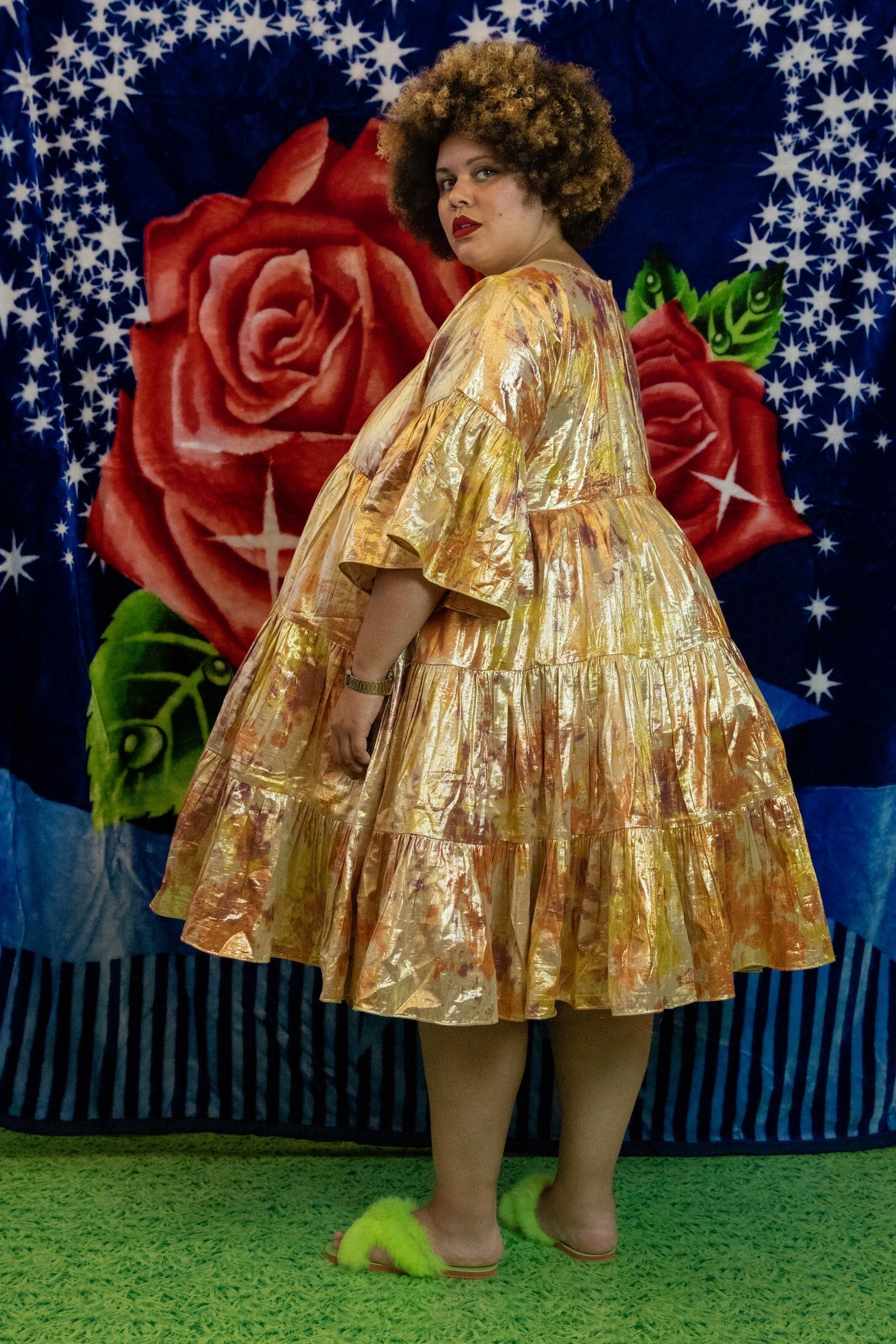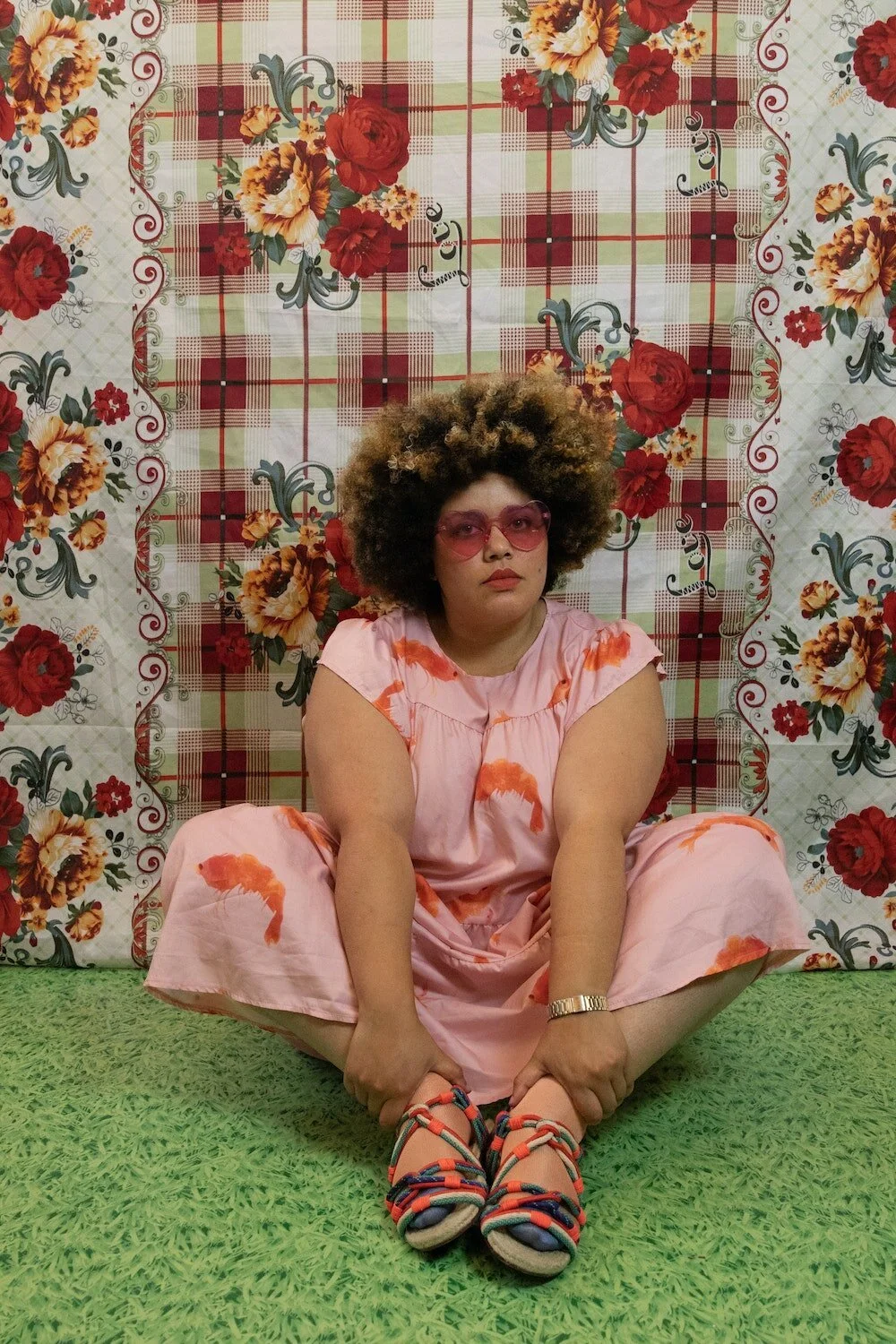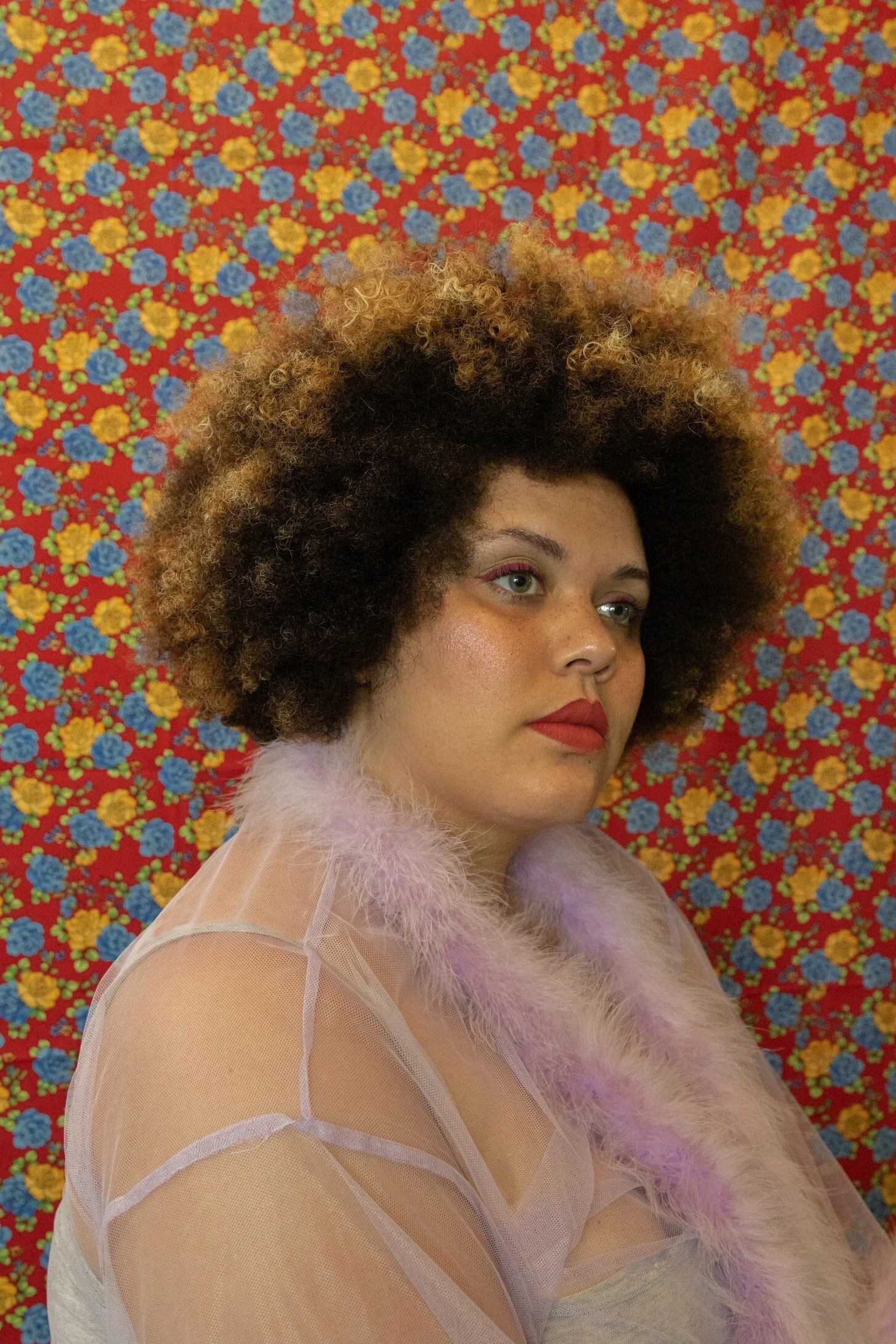From Inspo to Activism: How Infographics Changed Instagram
Make it stand out
One morning less than six months ago, Sophie Williams woke up to thousands of new Instagram followers. You’ve probably seen her work floating around your feed: bold black writing on pale pink squares — or vice versa— schooling the masses on anti-racism through digestible but informative infographics. Flashback to the beginning of the year, and Sophie could have never imagined amassing an audience of over 170,000 people. Or that Justin Bieber would share her post on being an anti-racist ally.
Like so many who are fighting for Black women to achieve equality, this fight isn’t new for Sophie. Her first book, Millennial Black, due in April 2021, has been in the works for years. In fact, it’s the whole reason she started the Instagram account @officialmillennialblack. Previously working in advertising by day, as well as consulting brands on diversity practices, she knows the world of socials inside out. But even Sophie never imagined having the ear of a giant captive audience, one that essentially appeared overnight. Seizing the opportunity, Sophie pitched another book to her publisher — Anti-Racist Ally, out in October of this year, in a move to mobilise her followers beyond the screens of their phones.
But how does her new-found Insta fame feel? And what does she hope to do with it? I sat down with Sophie to discuss the shifts seen across Instagram from #inspo to activism, balancing speaking to and for Black women with educating white people on allyship, and how we can continue to learn from one another.
___STEADY_PAYWALL___
Your background is in advertising, which I think shows through the consistency of aesthetic in your account @officialmillennialblack. How has your career informed the decisions you make on the activist side of things?
I feel like I was uniquely placed for this. As you say, my background is in advertising, but it’s primarily in social media, and it’s in organic social. I used to be chief operating officer of a social agency, and our main client was Netflix. Netflix would come to us to create fandoms and the USP of the agency was that we didn’t do anything that we didn’t have a personal connection to. It was a strongly LGBTQIA+ workforce, so we were able to work authentically on shows like Special, Orange Is The New Black – all these things where we felt that we were fans. We could authentically make content that would speak to authentically engaged fans, and if we didn’t feel like that, we would turn the project down. I think people can tell, even through social media, if you mean it or not, and if you believe it or not — otherwise I think you come off as “hey fellow kids”, and no one wants that.
So I was well-placed for it because so many people are like, organic social media is dead, there’s no way to cut through that algorithm. But it’s not, you just have to make content that is good and that people want to engage with. I think more and more, especially for millennials and Gen Z, we are purpose-driven. We’re choosing jobs and where we shop and what we support based on our values and brands that match up with our values. We’re also, especially during the time of lockdown, spending more time online and in different ways than any previous generation. So I think it was the perfect storm. Although if I’m honest, I absolutely didn’t see it coming. When I made my first posts, I wasn’t like, oh yeah this is gonna be the thing. I just felt sad and I wanted to say something.
Over the past few months, Instagram has changed beyond comparison. Activism definitely existed online prior, but now those who were completely unengaged before are sharing infographics, fundraisers, and information. Do you think what we’re seeing is a permanent shift in the way people use the platform?
It’s impossible to know, because I don’t think any of us saw this change coming. I don’t think Instagram itself saw this change coming. When my followers first started to grow, I got a message from them like, ‘oh we’re seeing people use it in a way we haven’t seen before.’ So it wasn’t on their radar. Because of the unexpected growth, particularly in Black women on Instagram — from what I’ve seen, that seems to be one group that’s had a big explosion — I didn’t know what to do with it because I felt that all these people are suddenly willing to have this conversation that I’ve tried to have for a long time but haven’t been able to engage people with, and so when all these people are coming and saying they’ve done all these things, my response was to try and respond to everybody. Respond to every comment – even just liking it – every reshare, every message, because I was like, I really have to try and engage because I have to keep these people engaged. I don’t want them to drop off. That meant that I got blocked on Instagram, because I had an interactions limit. That’s been really interesting because they were messaging me saying, we’re going to have to change how our backend works because this essentially just looks like a spam account and it looks unnatural. They weren’t ready for it, we weren’t ready for it. We had to figure it out. That means I also don’t really know what that looks like long-term.
How are you coping with such a huge increase in followers in such a short amount of time?
It’s been interesting because in the beginning, people didn’t know the Millennial Black was me. People would send me messages about ‘you and your team’, and ‘the team’, and ‘you guys’, and I really wanted to assert myself in that conversation, because when something is graphically led, it’s really easy to forget that there’s a person behind it. So I wanted to be a person in my own story, basically. It is a pressure. In the beginning, I found it really intimidating. There was this pressure when I was trying to respond to everyone — I was trying to keep everybody engaged, just really manic energy. That would mean that I would get to five or six pm and be like, oh I haven’t started my day yet, I haven’t brushed my teeth. Now I just try to be a bit more casual about it. I’m so bad at typing, I used to be like, one day I’m going to make a typo on the Millennial Black account and it’s going to be so embarrassing! Now it’s just like, it doesn’t matter, it’s humanising. So I’ve just tried to create a space where I can be more of a person, and a person that gets it right and that gets it wrong. Sometimes I’ll post something and someone will be like, actually that’s not correct. I think becoming a person has meant that people can come to me and say, I’ve learnt this from you, thank you, or, you’re messing up in this way, and then I have to listen to them.
I definitely get much, much, much more engagement on those infographic squares than on anything else. I’d presumed it was because that was what people were there for on my account, because that’s what made everything go wild. But it’s interesting if that template works as an algorithm favourite, because historically that wouldn’t have been the case.
This widespread use of infographics to share information has undoubtedly engaged so many people in issues that they may not have encountered as readily beforehand. But how do we ensure activism permeates our lives offline too?
In either my first or second post, I say that making the post is not activism or allyship. I agree with you that it’s valuable and awareness-raising, but I do think we need to transition that into real-life movement and real-life change instead of being satisfied that we’ve shared something that looks cute on our page. That’s something I challenge — it sounds so contrived to be like “I challenge my followers to” — but every Sunday, I ask people what have you done this week to be an ally? What have you done this week to be anti-racist? I share a selection of random responses, then I share a screen record of all the responses. I really want to be transparent about how many people are still engaged in this conversation, and are still actively taking actions. I just want to be as transparent as I can about basically everything. Because too often, things that don’t need to be hidden, are.
So the ways I’ve personally tried to do that is that I got a series of antiracism billboards put up by Jack Arts in London on two sites, and worked on expanding the content of my Instagram into the antiracist ally book. The book is something I worked on with my publisher to make sure it was small format and it was cheap, it’s like six pounds. So I’m hoping that people can share that physically in the way that they would share a post; but with people who aren’t engaged in that space. Most people, on the global whole, are not on my Instagram. So I’m trying to find ways to take these messages offline. I made a free-to-download set of posters that people could take to protests with them. I made a set of products that people could buy, and 100% of the profits from that will be donated, again transparently, to anti-racist charities. So I’m trying to produce all of these ways to put all of these things into the real world.
How has it been to shift your focus from the Millennial Black, which focuses on Black experiences, to speaking directly to white people with the book on allyship?
That’s been really interesting, and not something that, to be honest, I thought enough about when I was pitching this allyship book. That difference in audience is something that I actually now need to find how to balance, because speaking to and about Black women is what I want to do. It’s what I’ve spent all of these years researching and pitching and living – that’s my community. But I didn’t want to talk to Black women about allyship because we are not antiracist allies. We are marginalised people. But I didn’t feel that once I had this audience — that is primarily white women — I didn’t want to say, ok thanks for coming along but you do now need to go. These people came to me and I wanted to do everything I could to further the antiracism conversation. Speaking directly to them seemed like the best way to do that. But I now need to figure out how to balance that with talking to the group of people that I’m most invested in, which is Black women.
It’s tricky, and it’s hard to speak to one without alienating the other, so it’s about finding that balance. But the way I look at it is this audience came to me. I didn’t seek them out; so that felt like an opportunity to further the work that I was doing. I need to take steps to make sure that this new approach does further the work I was doing, and doesn’t diminish it.
What do you want to do and achieve in the next five years or so?
I have no idea! I’ve never had plans in that kind of way. I work in advertising essentially because when I was in my early 20s, someone phoned me up and was like, do you want to go for an interview at M&C Saatchi, and I was like, hmm sure! That sort of happened, and I became COO when I was in my late 20s, or maybe when I was 30. All of these things just sort of happened. I got all of these followers just kind of by accident. I’ve never had a big plan because that would feel too pressured for me.
So I don’t know, I just want to keep finding the most effective ways I can to further this antiracism conversation, whether that is books, speaking, another type of work I don’t even think about at this point. I want the result to be that we’re able to normalise these antiracism conversations and make things fairer for marginalised groups. An important thing to point out about the allyship book is that the work that I do is focused on racism, so the book is as well. But this allyship conversation is not limited to race. We have to be good allies to all marginalised communities, whether this is LGBTQIA+ communities, physical disabilities, class, gender identity – we have to be allies to all marginalised groups. You can be a marginalised person in one way, but still have privileges in another that you can use to help another marginalised group. I think that we all have to recognise what we can do in different ways and different spheres. This antiracist conversation is really important, but it's not the limits of allyship work.
Allyship is entirely active. Allyship is what you do, not what you believe. You have to take action otherwise you’re not going to make a change.
Words: Ione Gamble | Photography: Delali Ayivi | Set Designer: Rebecca Nurse




